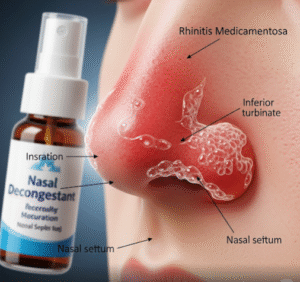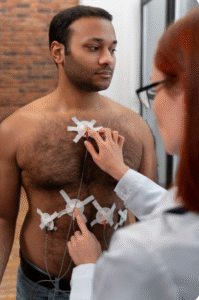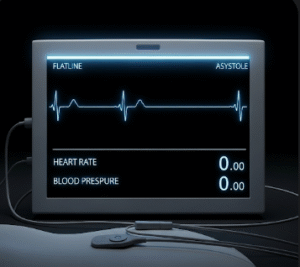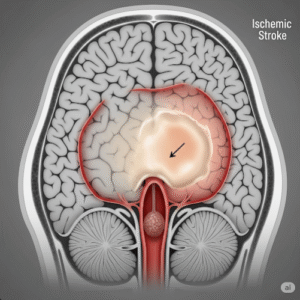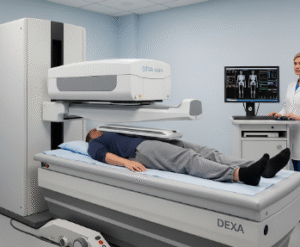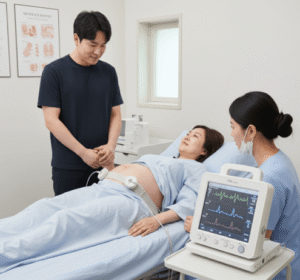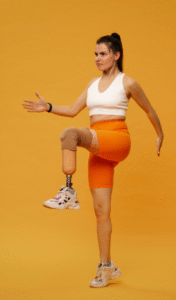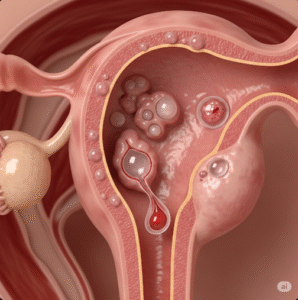What It Is
Platysmaplasty is a surgical procedure that specifically targets the platysma muscle in the neck, which often weakens or separates with age, creating vertical bands and sagging. The surgery tightens and repositions the muscle to restore a smooth, youthful neck contour. In Korea, platysmaplasty is frequently performed as part of a neck lift or combined with other facial rejuvenation procedures for balanced results.
Why It’s Done
Patients choose platysmaplasty to:
- Correct vertical neck bands caused by loose platysma muscles
- Improve neck firmness and jawline definition
- Reduce a “turkey neck” appearance
- Complement facelift or neck lift results
- Achieve long-lasting neck rejuvenation that cannot be accomplished with non-surgical treatments
It is especially beneficial for individuals with muscle banding as the primary cause of neck aging rather than just excess fat or skin.
Alternatives
Non-surgical and minimally invasive alternatives include:
- Botox injections to temporarily relax platysma bands
- Ultrasound or radiofrequency tightening treatments (Ultherapy, Thermage, HIFU)
- Thread lifts for mild tightening
- Kybella or liposuction if excess fat is the main concern
However, these alternatives offer only temporary improvements and are not as effective as platysmaplasty for severe muscle banding.
Preparation
Before surgery, patients in Korea:
- Consult with a plastic surgeon to assess the severity of muscle banding
- Undergo physical exams and imaging for precise treatment planning
- Stop smoking and alcohol intake 2–4 weeks before surgery
- Discontinue blood-thinning medications and supplements
- Receive fasting instructions if general anesthesia will be used
How It’s Done
Platysmaplasty is performed under general anesthesia or local anesthesia with sedation. The main steps include:
- Incisions are made under the chin and/or behind the ears for discreet scarring.
- The surgeon accesses the platysma muscle and sutures or repositions it for a smoother contour.
- If necessary, excess fat is removed via liposuction or direct excision.
- Skin may be redraped if combined with a full neck lift.
- Sutures close the incisions carefully for minimal visibility.
The procedure typically takes 2–3 hours, depending on complexity.
Recovery
- Patients experience swelling, bruising, and tightness for the first 1–2 weeks.
- Most can return to work and light activities in 10–14 days.
- Full healing and final results become visible in 1–3 months.
- Compression garments may be recommended to support the neck during recovery.
Possible Complications
While generally safe, potential risks include:
- Infection or delayed wound healing
- Excessive tightness or discomfort in the neck
- Hematoma (blood accumulation)
- Numbness or temporary nerve irritation
- Visible scarring or asymmetry
Treatment Options in Korea
Diagnosis
Korean plastic surgeons use:
- Clinical examination of platysma banding and skin elasticity
- 3D imaging and simulation for personalized surgical planning
- Assessment of whether platysmaplasty should be performed alone or with a facelift/neck lift
Medical Treatments
Non-surgical treatments offered include:
- Botox injections to temporarily reduce platysma band appearance
- Ultrasound or radiofrequency skin tightening for mild cases
- Fat-dissolving injections or liposuction for combined fat and banding issues
Surgical or Advanced Therapies
Korean clinics specialize in:
- Isolated platysmaplasty (muscle tightening only)
- Comprehensive neck lift with platysmaplasty for skin, fat, and muscle correction
- Endoscopic platysmaplasty for smaller incisions and faster recovery
- Combination procedures with facelift, chin liposuction, or jawline contouring for optimal harmony
Rehabilitation and Support
Patients benefit from:
- Detailed post-op care with swelling management therapies
- Regular follow-up visits to track healing
- Specialized aftercare programs including LED light therapy or lymphatic massage
- International patient services for translation, travel support, and recovery guidance
Advantages of Platysmaplasty in Korea
- Expert facial surgeons with advanced training in neck rejuvenation
- Minimally invasive techniques with smaller incisions and reduced scarring
- Affordable treatment costs compared to Western countries
- Comprehensive surgical planning with 3D imaging
- High patient satisfaction due to natural, long-lasting results




